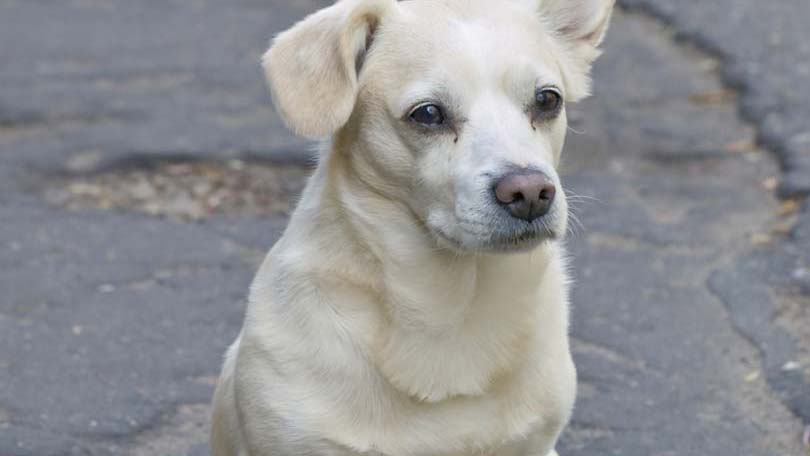
We are taught as children that a growling dog is something to be scared of, to back away slowly and give the dog space. With an unknown dog, this is still great advice especially for children – never approach a growling dog that you do not know under any circumstances ever.
However, dogs growl for more reasons then defense and many are great talkers (not barkers – talkers). Each type of growl comes with its own meaning, body language and way to respond appropriately. Learning what your dog is ‘saying’ with each growl will help you to understand them better.
The Mean or Offensive Growl
The Mean Growl is completely distinct and if you are ever on the wrong end of this warning, you are well aware of what the dog is trying to say. The dog is on the defense and his body language is intense, entirely focused forwards on you. His ears are forward, he is on his toes and leaning into the growl, his lips are severely curled but often his mouth will be partially closed. His hackles are up and his tail is coming up over his back – everything on his body is pointed in your direction and he is telling you ‘come any closer and I will attack you’. This dog is serious and no one wants to be on the end of this growl.
The only way to diffuse the situation is to slowly back away. Do not make eye contact, talk quietly in a happy voice and avoid any sudden movements. He may match your retreat step for step but no matter how much you may want to, do not turn and run. Get out of that situation and somewhere safe.
The Warning or Defensive Growl
A defensive dog is more hesitant and in many ways, he is more dangerous then the offensive dog. The defensive dog is fearful and unsure of his ability to protect himself so he is harder to predict.
His body language in comparison to the offensive dog is pulled back. His ears are flat and pointing back, his teeth are showing but his lips are pulled severely back. He will lean away from you and maybe at an angle versus straight on confrontational. His hackles will be up but his tail may be down, at an add angle or tucked under his belly.
The defensive dog does not want a confrontation but will sometimes attack in an effort to show his strength in a bluff move (think of a cat getting bigger in the face of danger). If he does attack, he will bite and run, not hold on. Again, backing away slowly is your best course of action but watch him; this is the dog that will try a sneak attack if you turn your back. Face to face, he is unlikely to attack with any force.
The Play Growl
Dogs growl when playing with each other. Listen to a litter of pups and it sounds like world war III most of the time. Growling is normal communication for dogs and in a play situation, it is like a human egging on the other during a pillow fight. It is strictly to illicit the desired behavior from the opponent and not meant aggressively.
The body language of a play growl is alert but relaxed. Lips are loose, covering the teeth, ears are in their natural play position, hackles will be down and the tail is in its typical play position. This is not a serious situation unless you are the toy!
Depending on your personal situation, you may want to discourage this growl behavior. For example, if you have children and their friends often visit, a play growl can scare a child that is not used to being around a dog. In addition, if you have a large or giant breed, this play growl could seem a lot more serious to then in a small dog.
The Talkie Growl
Some dogs tell you what they want by barking while others give you ‘the look’ and then there are some that use a growl to get your attention. Usually the dog’s body language is neutral or suggestive of ‘follow me’ – alert again but comfortable in their surroundings. As doggy/human communication goes, this is usually worth listening to as it often means they need to go outside, their water dish is empty, the house is on fire – you know, anything that they want you to deal with now, not in a few minutes.
The many growls have many meanings. Learn to read your dog’s moods and body language and you will learn to understand what they are telling you. Remember that not all dogs communicate exactly the same so if you an unknown dog is growling at you, always take it seriously – back away and do not approach again until the owner is around.
